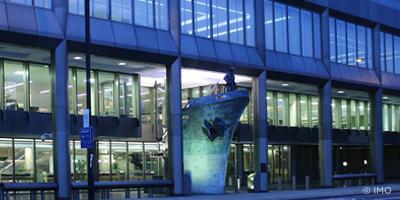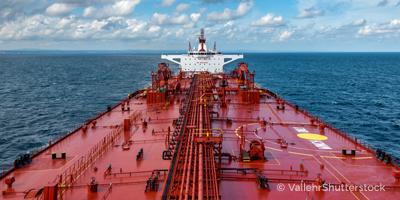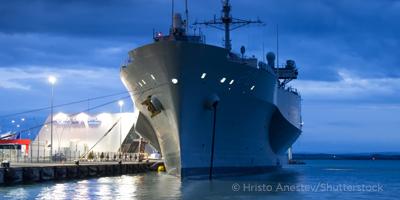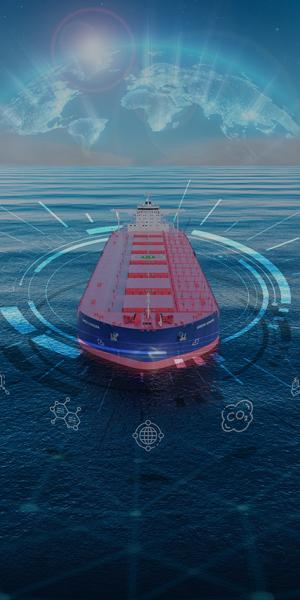Quick Links
- Rules and Resources
-
Services
Quick Links
Sustainability and Decarbonization- Energy Efficiency Existing Ship Index (EEXI)
- Sustainability Reporting and Assurance
- Simulation-based Energy Efficiency Evaluation Service (SIM EEE)
- Greenhouse Gas (GHG) Rating Improvement
- Greenhouse Gas Inventory and Carbon Accounting
- Carbon Capture, Utilization, and Storage (CCUS)
- Alternative Fuel Options
- Alternative Power Sources
- Marine Sustainability
- Offshore Sustainability
- Green Shipping Corridors
- Methanol Value Chain
- Gas
- Carbon Intensity Indicator (CII)
- Ammonia Value Chain
- Carbon Diligence Platform
- Marine Sustainability
-
Innovation and Technology
Quick Links
-
News and Events
Quick Links
-
About
Quick Links

- Rules and Resources
- Services
- Innovation and Technology
- News and Events
- About Us and Careers
- Rules and Resources
- Rules and Guides
- Regulatory Updates
- Advisories and Debriefs
- Flag and Port State
- Engineering Software
- Engineering Reviews
- ABS MyFreedom™ Portal
- Databases
- Forms
- Services
- Classification
- Approval and Certification
- Company and Ship Audits
- Global Marine
- Global Offshore
- Global Offshore Wind
- Global Government
- Sustainability and Decarbonization
- Digital Solutions
- Cybersecurity
- Maritime Training
- Innovation and Technology
- Technology Advancement
- Academic Engagement
- Industry Partnerships
- Data and Digitalization
- Knowledge Center
- About Us and Careers
- Who We Are
- Safety
- Careers
- Contact Us
Biofouling

Prepare for New Biofouling Requirements
IMO guidelines for biofouling have been in place since 2011 for vessels over 300 gross tons. IMO member states and local government authorities regularly review and update their requirements and enforcement regimes. The State of California and New Zealand have gone beyond the IMO guidelines, publishing specific requirements for their respective jurisdictions.
California
For California, requirements are effective after a vessel's first regularly scheduled dry dock after January 1, 2018, or upon delivery on or after January 1, 2018:
- Development and maintenance of a Biofouling Management Plan
- Development and maintenance of a Biofouling Record Book
- Mandatory biofouling management of the vessel's wetted surfaces
- Mandatory biofouling management for vessels that undergo an extended residency period (i.e., remain in the same location for 45 or more days).
New Zealand
Beginning May 1, 2018, all commercial and recreational vessels arriving in New Zealand will need to meet the clean hull threshold as defined in the Craft Risk Management Standard (CRMS) which is based on the IMO guidelines:
Starting May 2018, vessels must arrive in New Zealand with a 'clean hull' which means:
- Vessels staying up to 20 days and only visiting designated ports (places of first arrival) will be allowed a limited amount of biofouling (slime layer, goose barnacles, and up to 5% cover of early biofouling depending on the area fouled).
- Vessels staying longer than 20 days or visiting places that are not places of first arrival will only be allowed a slime layer and goose barnacles.
In the interim, the New Zealand Ministry for Primary Industries can take action on vessels that pose a severe biofouling risk.
ABS Support
Whether you have a vessel under construction or entering drydock, ABS can help you prepare for compliance today by supporting you in the:
- Development of a biofouling management plan
- Review and selection process of the antifouling coating for a new vessel
- Evaluation of planned maintenance schemes to determine the impact that drydocking intervals and in-water cleaning practices may have on the coating
- Assessment of the suitability and lifespan of applied coatings and fouling control systems.
Sustainability
-
Energy Efficiency Existing Ship Index (EEXI)
Sustainability Reporting and Assurance
Simulation-based Energy Efficiency Evaluation Service (SIM EEE)
Greenhouse Gas (GHG) Rating Improvement
Greenhouse Gas Inventory and Carbon Accounting
Carbon Capture, Utilization, and Storage (CCUS)
Alternative Fuel Options
Alternative Power Sources
Marine Sustainability
Offshore Sustainability
Green Shipping Corridors
Methanol Value Chain
Gas
Carbon Intensity Indicator (CII)
Ammonia Value Chain
Carbon Diligence Platform
Hazardous Materials (IHM) and Ship Recycling
EU Monitoring, Reporting, Verification (MRV)
Ship Radiated Noise
Environmental Monitor
Emissions Reporter
IMO 2020 Global Sulfur Cap
NOx Emission Compliance
IMO Polar Code Support
Sustainability Service and Solutions
Clean Shipping Index
Marine Sustainability
Contact Us
Need more info? We're here to help! Have a member of the ABS team contact you.
© 2023 American Bureau of Shipping. All rights reserved.




































